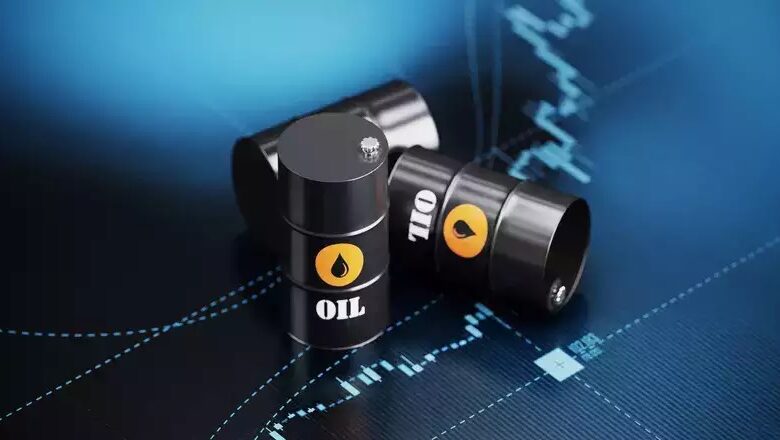Do You Know What is Spot Oil and How to Trade It?

Given oil’s vulnerability to economic and political factors, it is prudent to seek guidance from experts for an oil price forecast before making investment decisions in this volatile sector. Let us learn about spot oil and explore trading opportunities in this post.
What is oil spot trading?
Oil spot trading involves:
- Buying and selling oil assets at the current market price.
- Offering flexibility with no fixed expiry dates and lower spreads.
- Appealing to day traders.
Be aware that derivatives trading carries high risk, requiring careful risk management and understanding of how they operate.
Let us try to comprehend a few fundamentals.
1. What is the oil spot price?
Spot oil prices indicate the immediate cost of buying or selling oil, in contrast to futures prices, which predict its value at a future expiry date.
2. What are oil futures?
Oil futures are exchange-traded contracts that specify the exchange of oil at a predetermined price and date, facilitating trading in both rising and falling oil prices.
3. What are oil options?
Oil options grant the choice, not obligation, to buy or sell a specified amount of oil at a predetermined price and date, providing flexibility for traders.
How to trade spot oil?
1. Ensure that you wish to trade oil on the spot market.
In gold trading, you can simply trade on gold by knowing gold trading tips. However, here you have a few other choices like ‘oil futures’ and ‘oil options’ too. So, first, you make up your mind whether you want to trade oil on the spot market.
2. Recognize how oil spot trading operates.
CFDs allow trading based on spot oil price fluctuations, with a contract value expressed in a specific USD amount per point or ‘tick’ in the spot oil price.
3. Register and log in.
Trade spot oil price movements using CFDs on some recognized platforms for speculation. Start with a risk-free demo account offering $20,000 in virtual funds before transitioning to a live account when prepared, with no obligation to fund or trade until you are ready.
4. Select your spot oil market.
When selecting your spot oil market, you have the freedom to pick your preferred option. Some platforms offer a range of choices for trading, including:
- US crude (WTI)
- Brent crude
- Heating Oil
- Palm Oil
- London Gas Oil.
5. Decide on your position size and risk tolerance.
When ready to enter a position, click ‘buy’ to go long or ‘sell’ to go short, and specify your position size. Manage risk by setting limits and stop-loss levels. Normal stop-loss instructs closing the position if it reaches a less favorable price than your entry, but slippage may occur.
Guaranteed stops execute at your specified price even during rapid market moves. Trailing stops automatically adjust with market movements, securing gains or closing positions as the market fluctuates.
6. Execute a spot oil trade.
After choosing your spot oil size and setting risk management orders, initiate your trade by clicking ‘place deal’ and monitor your position accordingly.
While your trade is active, conduct a technical analysis to identify market turning points and stay informed about news or data releases affecting oil prices. To exit, click ‘close’ or reverse your initial trade.





